Is an electric toothbrush better than a regular toothbrush?
Electric toothbrushes are generally more effective than regular toothbrushes for maintaining optimal oral hygiene. This conclusion is supported by numerous scientific studies and dental professional recommendations. However, the choice between an electric and regular toothbrush ultimately depends on individual needs, preferences, and specific dental conditions.
This article will explore the key differences between electric and regular toothbrushes, their respective benefits, scientific evidence supporting their effectiveness, and considerations for choosing the right toothbrush. We will also analyze the cost implications and provide guidance on making an informed decision for your oral health needs.
Understanding Toothbrush Types
Regular toothbrushes are manual oral hygiene tools that have been used for centuries. These toothbrushes consist of:
- A plastic or bamboo handle
- Nylon bristles arranged in tufts
- Various bristle textures (soft, medium, or hard)
Regular toothbrushes require manual brushing techniques, where users must move the brush in circular or back-and-forth motions to clean their teeth and gums effectively.
Electric toothbrushes, on the other hand, are powered devices that automate the brushing process. They come in several types:
- Oscillating-rotating
- Sonic
- Ultrasonic
Electric toothbrushes feature:
- Rechargeable batteries or replaceable battery-powered units
- Interchangeable brush heads
- Various brushing modes and intensity settings
- Built-in timers and pressure sensors
The automated brushing movements of electric toothbrushes can range from 2,500 to 40,000 strokes per minute, significantly surpassing the capabilities of manual brushing.
Key Differences Between Electric and Regular Toothbrushes
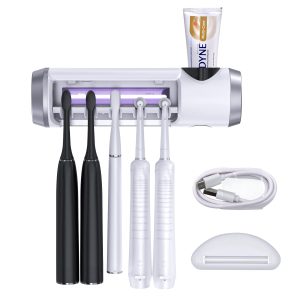
Brushing technique is the primary distinction between electric and regular toothbrushes. Manual toothbrushes require users to perform all brushing movements, which can lead to inconsistencies in technique and coverage. Electric toothbrushes automate these movements, ensuring consistent brushing patterns and reducing the risk of improper technique.
Ease of use is another significant difference. Electric toothbrushes offer greater convenience, especially for individuals with limited dexterity, such as those with arthritis or motor impairments. The automated brushing action reduces the physical effort required to maintain proper oral hygiene.
Comparison of Electric and Regular Toothbrushes
Here’s the table comparing features of electric toothbrushes and regular toothbrushes:
| Feature | Electric Toothbrush | Regular Toothbrush |
| Brushing Action | Automated | Manual |
| Strokes per Minute | 2,500 – 40,000 | 300 – 600 (average) |
| Built-in Timer | Yes | No |
| Pressure Sensor | Often included | No |
| Initial Cost | Higher | Lower |
| Ongoing Costs | Replacement heads, electricity | Replacement brushes |
| Portability | Bulkier, needs charging | Compact, no power needed |
Benefits of Using an Electric Toothbrush
Electric toothbrushes offer several advantages over regular toothbrushes:
- Improved plaque removal: Studies have consistently shown that electric toothbrushes are more effective at removing plaque than manual toothbrushes. A Cochrane review of 56 studies found that electric toothbrushes reduced plaque by 21% and gingivitis by 11% after three months of use compared to manual toothbrushes.
- Consistency and effectiveness: Built-in timers ensure users brush for the dentist-recommended two minutes, while pressure sensors prevent overbrushing, which can damage enamel and gums.
- User-friendly features: Many electric toothbrushes offer multiple brushing modes, smart connectivity to track brushing habits, and real-time feedback on brushing technique.
Advantages of a Regular Toothbrush
Despite the benefits of electric toothbrushes, regular toothbrushes maintain several advantages:
- Cost-effectiveness: Regular toothbrushes have a lower initial cost and don’t require batteries or charging.
- Simplicity and control: Users have full control over brushing pressure and technique, which can be beneficial for those with sensitive teeth or gums.
- Portability: Regular toothbrushes are easy to carry and use without needing power or charging, making them ideal for travel.
Scientific Evidence and Studies
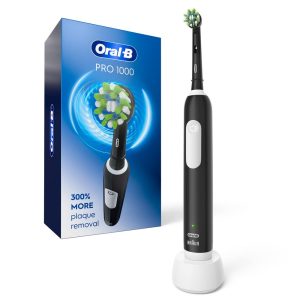
Numerous studies have compared the effectiveness of electric and regular toothbrushes. A landmark study published in the Journal of Clinical Periodontology in 2019 analyzed data from 2,819 participants over 11 years. The study found that electric toothbrush users had:
- 20% less tooth loss
- 22% reduction in progression of periodontal disease
- Healthier gums
Dental professionals generally recommend electric toothbrushes, especially for patients with orthodontic appliances, limited dexterity, or a history of poor oral hygiene. However, they emphasize that proper technique and consistency are more important than the type of toothbrush used.
Considerations for Choosing the Right Toothbrush
When selecting a toothbrush, consider the following factors:
- Personal needs and preferences
- Brushing habits
- Oral health concerns
- Budget
For specific dental conditions, such as receding gums, certain toothbrushes may be more suitable.
Best Toothbrushes for Receding Gums
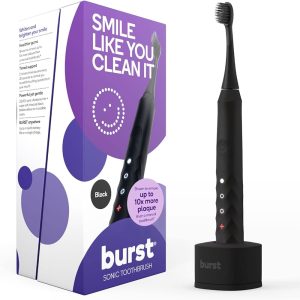
For those with receding gums, dentists often recommend:
- Soft-bristled toothbrushes (electric or manual)
- Electric toothbrushes with pressure sensors
- Toothbrushes with small heads for better access to all areas of the mouth
It’s crucial to consult with your dentist for personalized recommendations based on your individual oral health needs.
Cost Analysis
When comparing the costs of electric and regular toothbrushes, consider both initial and ongoing expenses:
Cost Comparison of Electric and Regular Toothbrushes
Here is the updated table comparing the expenses associated with electric toothbrushes and regular toothbrushes:
| Expense Type | Electric Toothbrush | Regular Toothbrush |
| Initial Cost | $30 – $200+ | $1 – $5 |
| Replacement Heads/Brushes | $5 – $15 every 3 months | $1 – $5 every 3 months |
| Electricity Cost | Minimal (approx. $0.50/year) | None |
| Lifespan | 3-5 years (handle) | 3 months |
While electric toothbrushes have a higher upfront cost, they can be a worthwhile long-term investment, especially when considering their potential benefits for oral health.
Conclusion
In conclusion, electric toothbrushes generally offer superior plaque removal, consistency, and user-friendly features compared to regular toothbrushes. Scientific evidence supports their effectiveness in improving oral health outcomes, including reduced tooth loss and gum disease progression. However, regular toothbrushes remain a viable option, particularly for those prioritizing simplicity, cost-effectiveness, and portability.
The choice between an electric and regular toothbrush should be based on individual needs, preferences, and dental conditions. Factors such as budget, dexterity, and specific oral health concerns should all be considered. Ultimately, the most crucial aspect of oral hygiene is consistent and proper brushing technique, regardless of the type of toothbrush used.
We encourage readers to evaluate their personal needs and consult with their dentist to make the best choice for their oral health. Remember that investing in your oral health, whether through an electric or regular toothbrush, is an investment in your overall well-being.

Meet David Anderson, Your Guide to Healthier Gums Welcome, I’m David Anderson, and I’m passionate about oral health. As someone who has personally experienced the challenges of receding gums, I understand the importance of finding the right toothbrush to protect and maintain gum health. That’s why I founded goodtoothbrushesforrecedinggums.com – to share my knowledge and expertise with others who are facing similar issues. With years of research and personal experience, I’ve curated a comprehensive resource dedicated to helping you find the best toothbrushes for receding gums. On our website, you’ll find: In-depth Reviews: We rigorously test and evaluate a variety of toothbrushes specifically designed for receding gums, providing you with honest and detailed reviews to guide your decision. Informative Guides: We offer expert advice and practical tips on how to choose the right toothbrush, proper brushing techniques, and other oral care practices that can help improve gum health. Community Support: We foster a supportive community where you can connect with others who are also dealing with receding gums, share experiences, and learn from each other. At goodtoothbrushesforrecedinggums.com, we believe that everyone deserves a healthy smile. Our mission is to empower you with the knowledge and tools you need to take control of your gum health and enjoy a confident smile for years to come. Join us on our journey to healthier gums! David Anderson Founder, goodtoothbrushesforrecedinggums.com
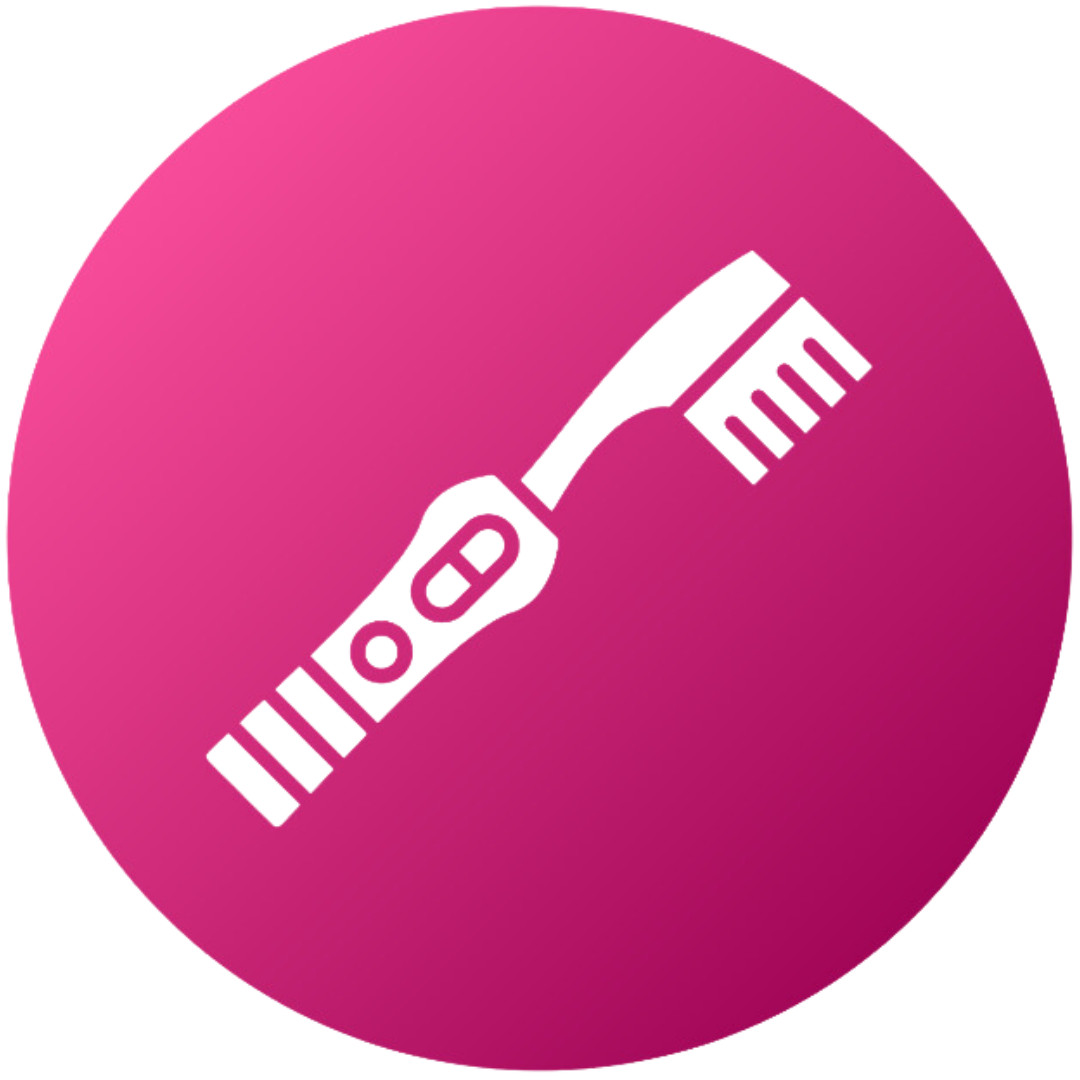




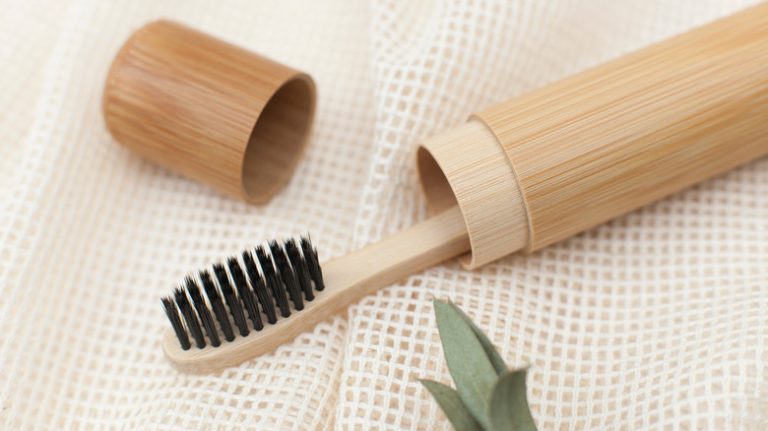
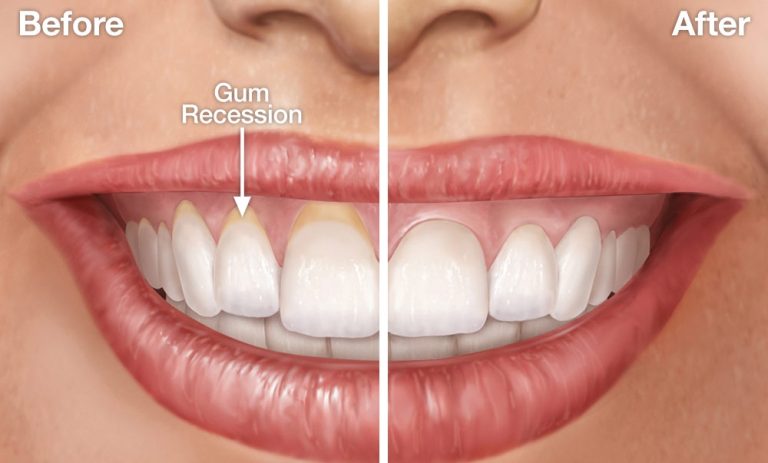
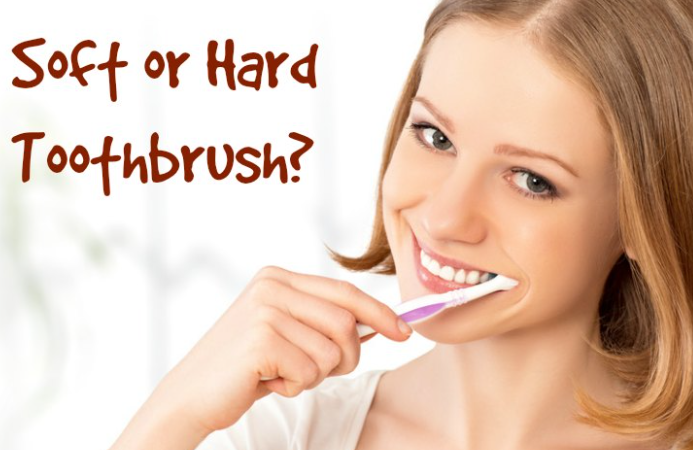
I recently switched to an electric toothbrush and have noticed a significant improvement in my gum health. The built-in timer is a game changer! How often should I replace the brush head for optimal results?
Great article! I appreciate the comparison between electric and manual toothbrushes. For someone with sensitive gums, would you recommend a specific type of electric toothbrush?